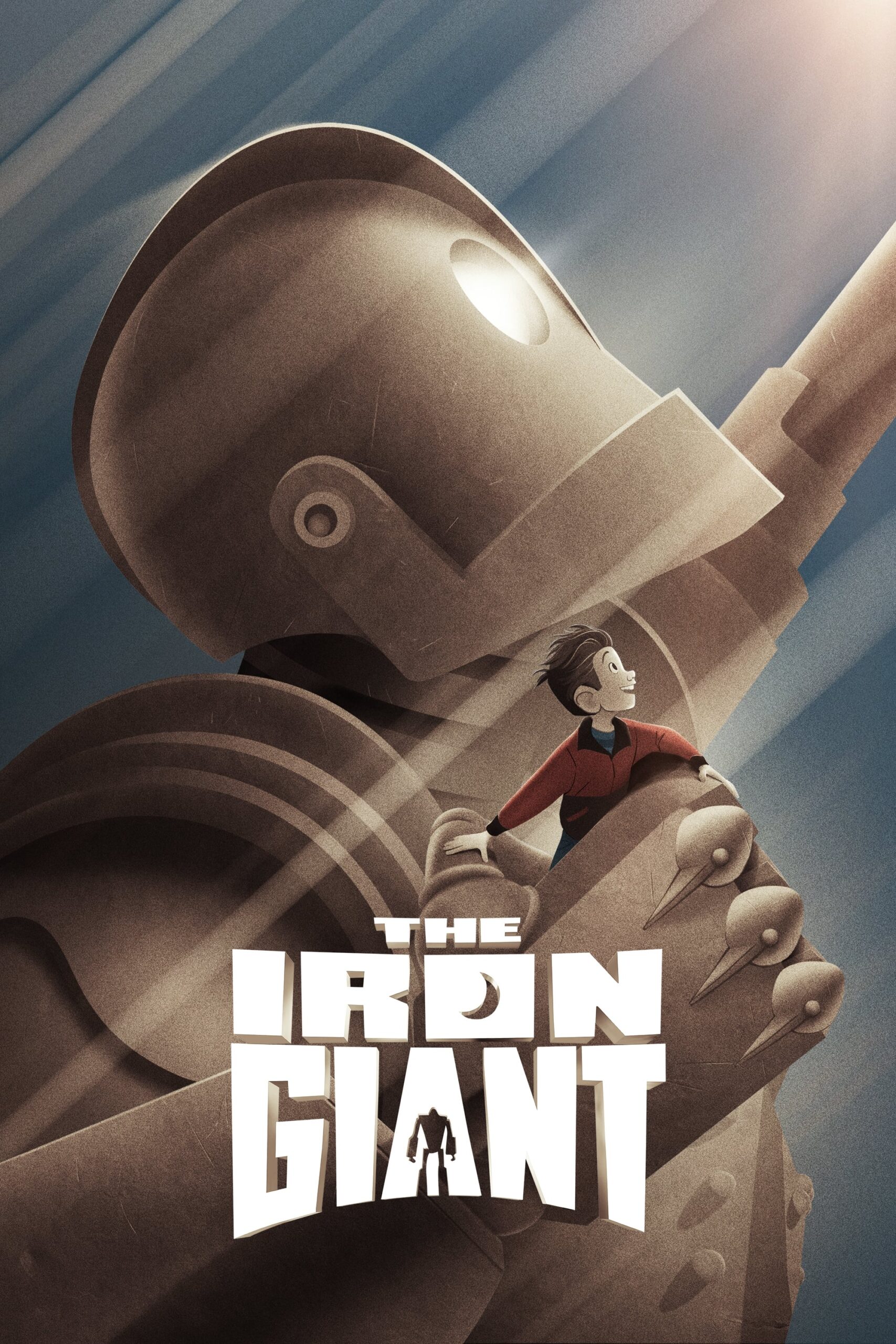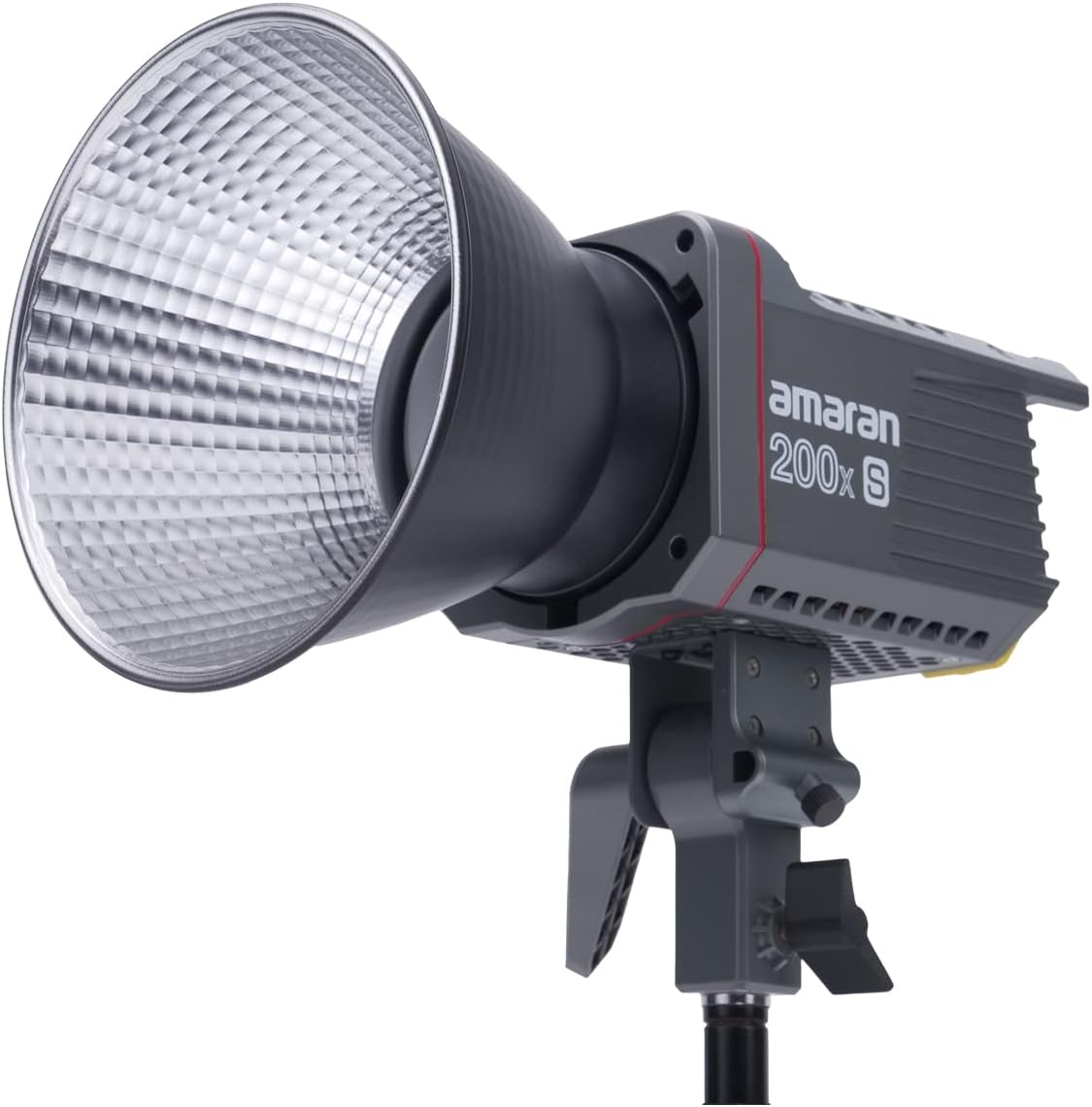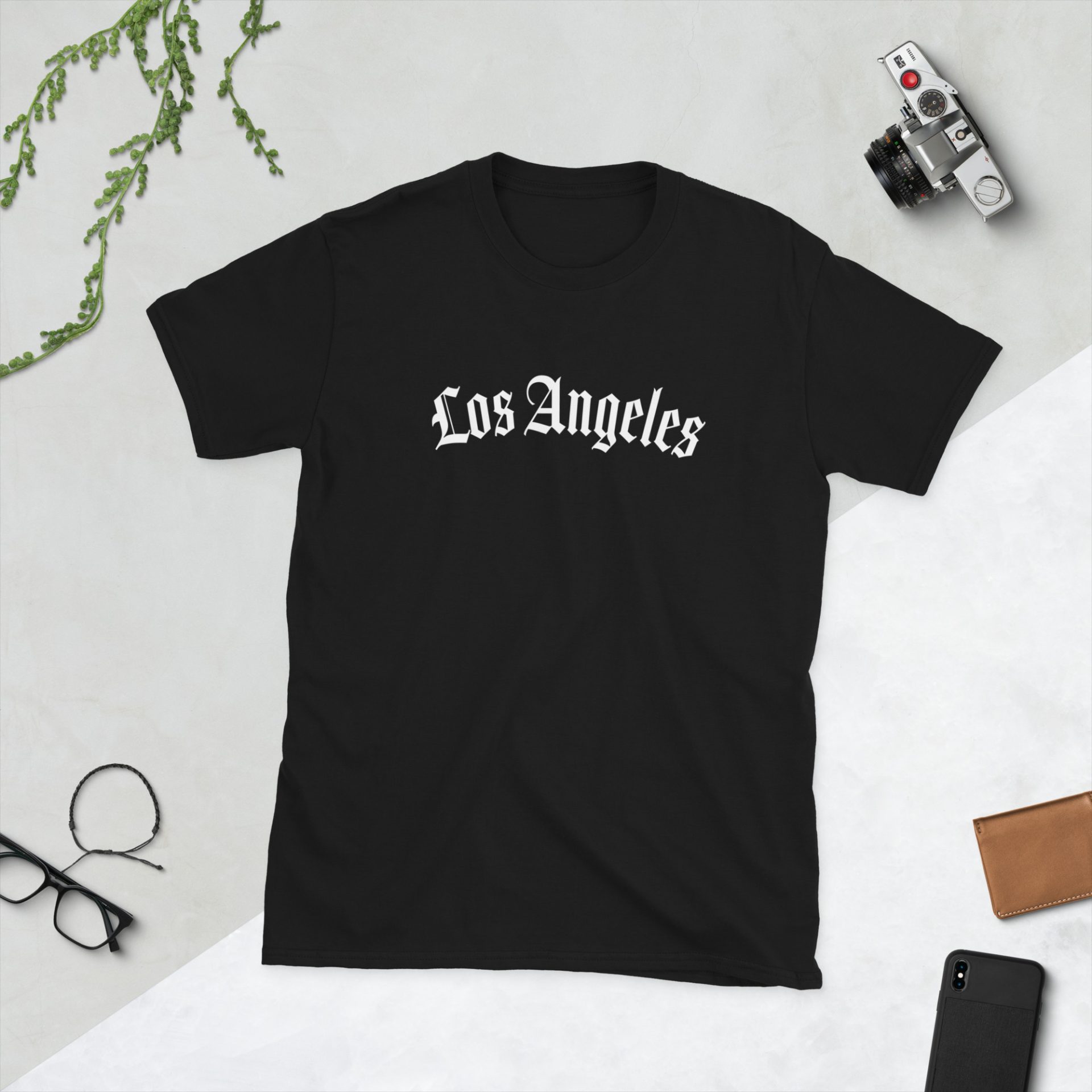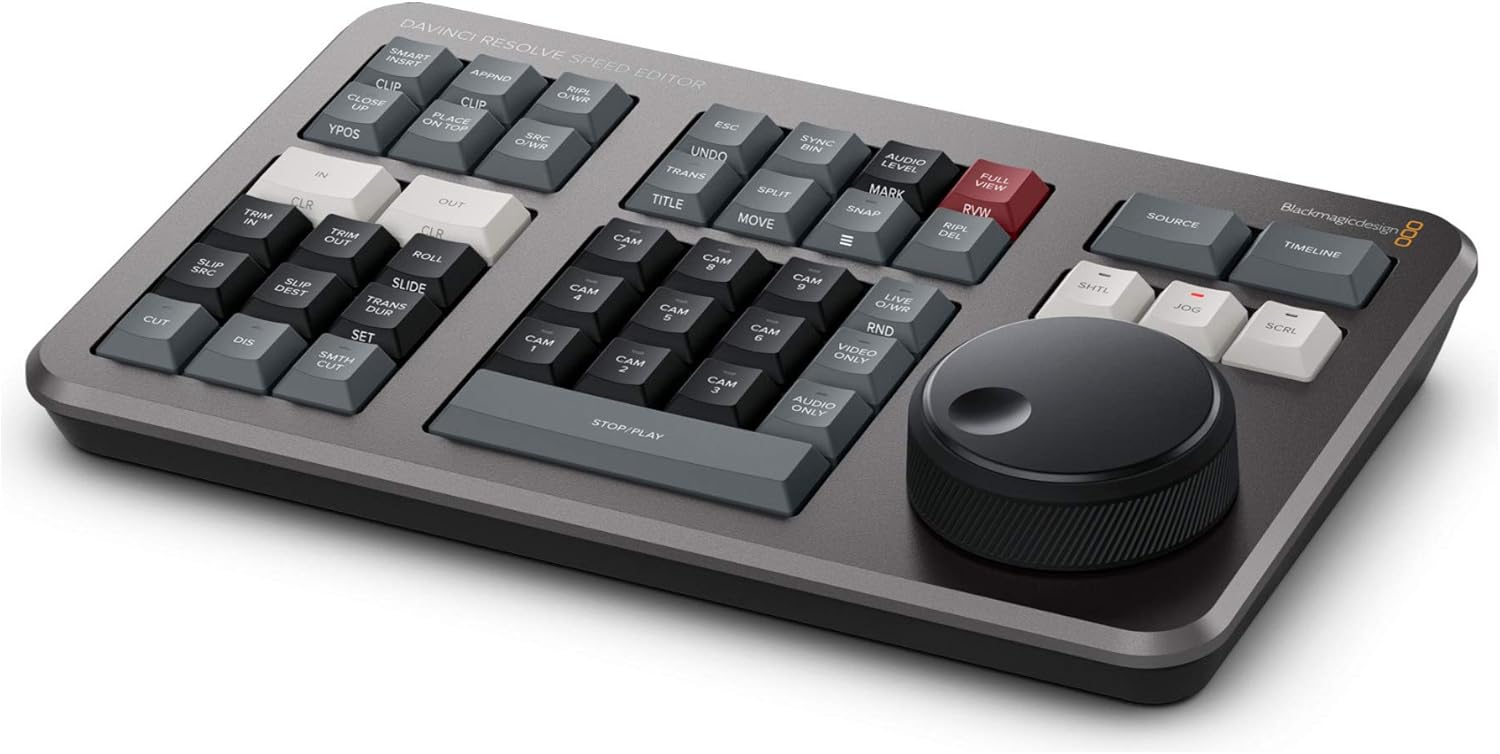Spoilers:
- The Giant sacrifices himself to save the town
- The Giant is actually a weapon
- Hogarth befriends and teaches the Giant
- Military thinks the Giant is a threat
- The government agent loses credibility
- The Giant’s parts start reassembling
The Iron Giant: Statistics
A critical and captivating animated film.
General Information
- Release Year: 1999
- Director: Brad Bird
- Genre: Animation, Adventure, Family
- Runtime: 86 minutes
- Production Company: Warner Bros. Animation
Financial Data
- Budget: $70 million
- Box Office: $31.3 million
Cast & Characters
- Hogarth Hughes: Eli Marienthal
- The Iron Giant: Vin Diesel
- Dean McCoppin: Harry Connick Jr.
- Kent Mansley: Christopher McDonald
- Annie Hughes: Jennifer Aniston
Critical Reception
- Rotten Tomatoes: 96% approval rating
- Metacritic Score: 85/100
- Viewer Score: A on CinemaScore
Accolades
- BAFTA Award: Best Feature Film (nominee)
- Satellite Award: Best Motion Picture, Animated or Mixed Media (winner)
In the rich tapestry of animated cinema, Brad Bird’s Iron Giant stands as a unique gem. It blends anti-war sentiments, the fear of the unknown, and pure, innocent friendship into a compelling narrative. Dove-tailing superb animation with a 1950s Cold War backdrop, Bird presents a deeply insightful exploration of humanity through the prism of an outlandishly perverse situation- the tender relationship between a boy and a robot.The Iron Giant symbolizes power misinterpreted as peril, a sentient war machine that finds innocence through Hogarth Hughes, its juxtaposition emphasizing the distortive lenses humanity often applies to the unfamiliar. Using simplistic lines, Bird subtly but powerfully underscores the emotional depth of the story, notable in scenes where the Giant learns the concepts of mortality and heroism.The script is also imbued with a persuasive socio-political philosophy that mirrors the concerns and paranoia typical of the Cold War era. The government’s reaction to the Giant, driven by fear and ignorance, mirrors our often destructive response to radical change or foreign elements.The emotive potency of Bird’s narrative is further amplified by its riveting dialogue, spot-on voice performances, and evocative score. All these elements together present a coherent and mesmerizing cinematic piece.Ultimately, The Iron Giant is a brilliantly introspective piece about the essence of being human. It is about the journey of self-discovery and understanding, underscored by a beautiful message, “You are who you choose to be.” A profound reminder that despite our origins, choices define us. In a deeply divisive world, Brad Bird’s creation quite beautifully summarizes the essence of life, love, heroism, and humanity. The Iron Giant, through its unique, immersive, and compelling rhombus of a narrative, proves itself a cut-above in the sphere of animated cinema. It stands as Brad Bird’s provocative claim that animation is not just children’s play but a canvas for presenting deep, complex human emotions and life understanding.
Introduction to The Iron Giant
“The Iron Giant” is a 1999 animated film, directed by Brad Bird. It has become a beloved classic over the years, captivating audiences with its heartfelt story and impressive animation. Based on Ted Hughes’ 1968 novel “The Iron Man,” the film blends science fiction with poignant themes about friendship, fear, and human nature.
Interesting Facts
- The film’s setting is the 1950s, amidst the Cold War fear of nuclear weapons, providing a poignant backdrop for its anti-war message.
- Vin Diesel provided the voice for the Iron Giant, delivering a performance praised for creating an emotional connection with minimal dialogue.
- The Iron Giant was Brad Bird’s directorial debut in feature films. He later went on to direct acclaimed movies like “The Incredibles” and “Ratatouille.”
- Initially, the film struggled at the box office despite critical acclaim, grossing just $31 million against a $70 million budget.
Speculation and Bizarre Details
Speculation around the film’s production often focuses on Warner Bros.’ marketing decisions. Many argue that poor promotional strategies led to its initial commercial failure. Interestingly, the Iron Giant’s minimalist design appeals to tech enthusiasts, drawing comparisons to modern AI technology.
Public Perception Over Time
While the initial reception was mixed due to its financial performance, “The Iron Giant” gained a cult following. Over time, it has been celebrated for its storytelling and groundbreaking animation. Critical reassessment has been favorable, hailing it as a landmark in animated cinema.
Its themes resonate with audiences, especially in light of ongoing global tensions and the fear of the unknown. The character of the Iron Giant exemplifies the power of choice in defining one’s existence, making it timeless.
The Iron Giant: A High-Octane Beat Breakdown
Strap in. Let’s dive deep into the mechanical heart of The Iron Giant, directed by Brad Bird in 1999. Quick punches only.
Opening Salvo
A massive robot crashes near a small town in Maine during the Cold War. Cue intrigue.
Enter Hogarth
Intrepid boy meets giant metal man. Friendship’s first spark.
The Discovery
Hogarth hides his colossal buddy. Secret’s out, but only to junkyard artist Dean.
Government On The Hunt
Paranoid agent Mansley smells something metallic. The chase tightens.
Iron Giant Goes Public
A rescue reveals the giant to the town. Panic mode, activate.
The Army Attacks
Military might versus metal muscle. Clash of the Titans, small town edition.
Moment Of Truth
The Iron Giant glimpses his potential for destruction. Identity crisis 101.
Sacrifice
With a missile inbound, the Giant makes the ultimate choice. Hero mode: engaged.
Legacy Lingers
Memories live on. A scattered part winks. Hope remains.
Wham, Bam, Thank You, Ma’am
That’s The Iron Giant in a nutshell. Quick beats, lasting impact. A story of friendship, self-discovery, and sacrifice, all wrapped up in a rivet-tight narrative.

Analyzing “The Iron Giant”: A Story Breakdown
The opening of “The Iron Giant” sets the stage effectively. The viewer is introduced to a rural town during the Cold War era. The atmosphere is tense, filled with the impending threat of nuclear war. The visuals show a desolate landscape, and the tone is somber. Right off the bat, we sense the conflict that will run throughout the film. The initial scenes draw the audience into an environment where danger looms, setting up both the external and internal struggles the characters will face.
Story Formula Breakdown
“The Iron Giant” follows a classic three-act structure. Let’s dissect it:
- Act 1: Setup
- Introduction of the protagonist, Hogarth Hughes, a young boy.
- Introduction of the giant robot, who arrives in a mysterious manner.
- Establishment of the setting during the Cold War and its effects on the town.
- Act 2: Confrontation
- Development of Hogarth’s bond with the Iron Giant.
- Conflict arises with government agents, especially Agent Mansley.
- Exploration of themes like fear of the unknown and friendship.
- Act 3: Resolution
- Climactic battle between the Iron Giant and military forces.
- Hogarth’s plea to show the giant’s true nature.
- Resolution of conflicts, and the theme of sacrifice is highlighted.
Character vs. Story Driven
The story is primarily character-driven. Rather than simply relying on plot points and twists, the film focuses on the development of relationships, mainly between Hogarth and the Iron Giant. Their friendship is the emotional core, enhancing the impact of external conflicts. This adds depth to the narrative, making character motivations crucial for the storyline.
Memorable Characters
The characters are well-developed, making them memorable:
- Hogarth Hughes: A curious and compassionate boy who discovers the Iron Giant. He symbolizes innocence and hope, often serving as the moral compass of the story.
- The Iron Giant: A giant robot with a gentle heart. He struggles with his identity throughout the film, showcasing the concept that one’s nature isn’t determined by appearances.
- Dean McCoppin: A local artist and a father figure. He understands Hogarth and the Giant’s bond and embodies acceptance of the unconventional.
- Agent Mansley: The antagonist. He represents fear and misunderstanding, driving the main conflict against the Giant.
Writing Template for Story Flow
Here’s a simple template based on “The Iron Giant”:
- Introduction
- Set the setting (Time, place, atmosphere).
- Introduce the protagonist and their initial situation.
- Inciting Incident
- Introduce the catalyst (a new friend, conflict, etc.).
- Show initial reactions of the protagonist.
- Developing Relationships
- Deepen the bond between the protagonist and their new ally.
- Highlight challenges they face together.
- Conflict
- Introduce the antagonist or main threat.
- Build tension through escalating conflicts.
- Climax
- Bring the characters to their breaking point.
- Include a pivotal moment of sacrifice or tough choices.
- Resolution
- Resolve the main conflict.
- Show the growth of the protagonist.
- End on a note that reflects the overall theme.
Simple Terms: What is the Story About?
In simple terms, “The Iron Giant” is about a young boy who befriends a giant robot with a deadly reputation. Together, they challenge societal fears and learn about compassion, identity, and sacrifice. The story emphasizes that one’s true nature is defined by their choices, not their origins.
The Iron Giant: A Critical Breakdown
Inciting Incident
The inciting incident occurs when Hogarth Hughes discovers the Iron Giant near his home. This moment sets the entire plot in motion. The Giant, a metaphor for fear and misunderstanding, symbolizes the potential for both destruction and friendship. Hogarth’s decision to protect the Giant represents the struggle against societal fear of the unknown.
Act Structure
The film follows a clear three-act structure:
- Act One: Introduces Hogarth, the Giant, and the atmosphere of Cold War paranoia. The town’s fear of “something” looming is pivotal. Hogarth’s accidental meeting with the Giant is the hook.
- Act Two: The bond between Hogarth and the Giant grows. They enjoy adventures together, emphasizing themes of acceptance. This act includes the reveal of the Giant’s destructive capabilities and the central conflict: the military’s increasing threat.
- Act Three: The climax occurs, followed by resolution. The confrontation between Hogarth and the military highlights the clashing themes of fear versus understanding.
Climax
The climax rises when the military attacks the Giant, leading to a heart-stopping moment where Hogarth stands against the Giant’s perceived threat. The emotional capital here is significant; it encapsulates bravery, friendship, and sacrifice. Hogarth’s plea for the Giant’s humanity juxtaposes fear and love, marking a powerful turning point.
Tension and Release
The film builds tension through escalating threats from the military, with the suspense of each encounter. Scenes where Hogarth hides the Giant heighten anxiety. Release comes when the Giant chooses to protect Hogarth at personal risk, leading to a cathartic moment of triumph. This back-and-forth creates a rhythm that keeps the audience engaged.

Ending of The Iron Giant Explained
The ending of The Iron Giant is impactful. The Giant sacrifices itself to save the town from a missile that is launched. After it realizes it can choose to be heroic, it says, “Superman” before flying up to intercept the missile. This act not only saves people but also shows its true nature as a protector.
How Writers Categorize the Ending
Writers would categorize this ending as a heroic sacrifice. The Giant’s decision to save others leads to an emotional and uplifting conclusion.
Symbolic, Thematic, and Speculative Meanings
- Symbolic: The Giant represents innocence and the potential for good. Its sacrifice symbolizes choosing kindness over destruction.
- Thematic: Themes of friendship and identity emerge, showcasing the bond between Hogarth and the Giant. It emphasizes that true strength lies in selflessness.
- Speculative: The ending opens questions about what happens next. The hope is that the Giant might return someday hints at the nature of love and legacy.
Loose Ends and Payoffs Resolved
The ending resolves the threat from the military and the fears of a dangerous robot. It ties up the character arcs, especially Hogarth’s journey from hesitance to acceptance of the Giant.
Character Changes
- Hogarth: Transforms from a lonely boy to someone who fights for what he believes in.
- The Giant: Evolves from a misunderstood machine to a heroic figure who understands love and sacrifice.
Lessons for Writers
Writers can learn the power of emotional depth in a climax. A simple act of sacrifice can convey complex themes. Strong character growth leads to a more profound ending. Keep the audience emotionally invested by showing that choices matter.
The Dialogue Style in The Iron Giant
The Iron Giant features simple, direct dialogue that emphasizes character relationships and emotional depth. The conversations are often straightforward, reflecting the innocence of the characters, especially Hogarth and the Giant.
Quintessential Character Moment
A defining moment is when Hogarth teaches the Giant about life and identity. Hogarth states, “You are who you choose to be.” This represents a pivotal turning point in their relationship and the Giant’s journey.
Iconic Lines
- “I am not a gun.” – The Giant, expressing his choice against violence.
- “Look, it’s a bird. It’s a plane. No, it’s… a giant!” – The humor reflects Hogarth’s childhood.
- “You have to be careful. If you think you are a gun, you are a gun.” – Hogarth, teaching the Giant about identity.
Dialogue Uniqueness
The dialogue is unique because it blends childlike innocence with heavy themes, like friendship, choice, and identity. It captures the naivety of youth while introducing significant moral dilemmas.
Dialogue Density
The script is dialogue heavy, yet balances it well with visual storytelling. The exchanges often reveal character motivations and advance the plot without feeling forced.
Realism in Dialogue
The dialogue is realistic, reflecting how children speak. The interactions between Hogarth and the Giant are genuine and relatable. They mirror real-life dynamics of friendship and understanding.
Lessons for Writers
- Be straightforward. Clear dialogue can convey complex themes.
- Character voices matter. Make sure dialogue reflects who they are.
- Use dialogue to advance both plot and character relationships.
Scene Walkthrough
In the critical scene where Hogarth first meets the Giant, the atmosphere is charged with curiosity and fear. Initially, Hogarth is scared, but as he gets to know the Giant, the dialogue shifts to humor and warmth.
Hogarth’s lines are filled with wonder: “Whoa, cool!” This simple exclamation draws out a sense of awe. The Giant responds with his own innocent confusion, mimicking Hogarth’s feelings about the world.
As their conversation progresses, Hogarth illustrates how to behave in society, teaching the Giant. This dynamic highlights a deepening bond, conveyed through simple, powerful exchanges.
The effectiveness of this scene lies in how dialogue captures the essence of evolving relationships and the subtle lessons each character learns.
The Iron Giant
A man of steel, in fields of green,
Where laughter dances, and fear is seen.
Metal heart beats beneath the sky,
Yet whispers wisdom, even when shy.
Behold the giant—a child of war,
In a world of noise, yearning for more.
Friend to a boy, in a time of strife,
Together they dream, of a different life.
Flying high, with a heart so bold,
Casting shadows on tales long told.
A choice to make, between destroy and create,
In the dance of fate, they navigate.
Yet in stillness, bricks can break;
A gentle giant, in his wake,
Stoic and wise, a symbol bright—
The essence of hope, hidden in flight.
- Not bound by metal,
- Yet free as the wind,
- A friend in the dark,
- Until the very end.
Unique Writing Lessons from The Iron Giant
The Iron Giant offers valuable insights into storytelling. Here are some less obvious lessons:
-
Subversion of Expectations
The Giant starts as a “monster,” but becomes a hero. This challenges stereotypes.
-
Character Simplicity
Even complex arcs can emerge from simple characters. The Giant’s innocence contrasts with human complexities.
-
Theme of Choice
The Giant learns he can choose who he wants to be. This reinforces personal responsibility in character development.
-
Dialogue vs. Action
Subtle actions often speak louder than dialogue. The Giant’s gestures communicate emotion and intent effectively.
-
The Power of Friendship
The relationship between Hogarth and the Giant drives the narrative. Found connections shape character paths.
-
Visual Storytelling
Not everything needs words. Many themes are explored visually, enhancing the viewing experience.
-
Complex Antagonists
The military isn’t purely evil; they represent a fear response. This adds depth to the conflict.
-
Redemption Arcs
Characters have room for growth and change. The Giant’s journey shows that anyone can seek redemption.
-
Setting as Character
The 1950s backdrop informs the plot and character motivations. The setting shapes the story’s tone.
-
Relatable Flaws
Characters make mistakes. Their flaws create relatability, making audiences care about their journeys.
Brad Bird: A Brief Discography
Brad Bird is known primarily for his work in film, particularly in animation and directing. Notable entries in his filmography include:
- The Iron Giant (1999) – Director, Writer
- The Incredibles (2004) – Director, Writer
- Ratatouille (2007) – Director, Writer
- The Incredibles 2 (2018) – Director, Writer
- Mission: Impossible – Ghost Protocol (2011) – Director
Bird’s style mixes emotional depth with action and humor, often featuring themes of individuality and heroism.
Review 1: Excerpt: “Even though it was first released in 1999, The Iron Giant is still impressively relevant, its Cold War era-paranoia a mirror image of today’s tense political climate. Predictably, the art and animation is stunningly gorgeous – everything looks handcrafted and painstakingly detailed, from the designs of the characters to the landscapes.”Link: https://www.mediaversityreviews.com/film-reviews/2018/1/2/the-iron-giantReview 2: Excerpt: “Brad Bird’s The Iron Giant is the kind of animated film I wish there was more of. It represents animated features as they should be – not necessarily as children’s films, but as an art form in their own right. There are moments of such incredible beauty and subtlety in this film that it continues to surprise me.”Link: https://www.rottentomatoes.com/m/iron_giant/reviewsReview 3:Excerpt: “A heartfelt and beautifully realized parable about the folly of violence that is as humanistic as it is entertaining. It’s a thematically depthful and aesthetically pleasing early effort from Brad Bird who went on to helm some of the best Pixar films.”Link: https://letterboxd.com/lise/film/the-iron-giant/Review 4: Excerpt: “As good as animation gets, blending 1950s-style graphic illustrations with neatly integrated computer-generated images. It recalls a time when Hollywood paid homage to imagination rather than duplicating successful formulas.”Link: https://www.cnn.com/SHOWBIZ/Movies/9908/06/review.irongiant/ Review 5: Excerpt: “In this beautifully animated movie, large concepts are simplified to their emotional essence. Even prejudice is explored briefly yet pointedly when government agents react to the giant robot with fear and hatred.”Link: https://www.commonsensemedia.org/movie-reviews/the-iron-giant
- The Iron Giant – Wikipedia
- Brad Bird was in part inspired to make this movie (The Iron Giant …
- The Iron Giant (1999) – IMDb
- TIL director Brad Bird was inspired to make the movie “The Iron …
- Brad Bird explains why ‘The Iron Giant’ bombed at the box office | LAist
- Brad Bird’s ‘The Iron Giant’ –
- Brad Bird’s THE IRON GIANT was released on July 31, 1999 …
- Everyone misunderstood Brad Bird’s The Iron Giant, which is not …
- Brad Bird Talks The Iron Giant: Signature Edition
- The Iron Giant Is Classic, but Brad Bird Accepts Blame For Box Office




Leave a Reply